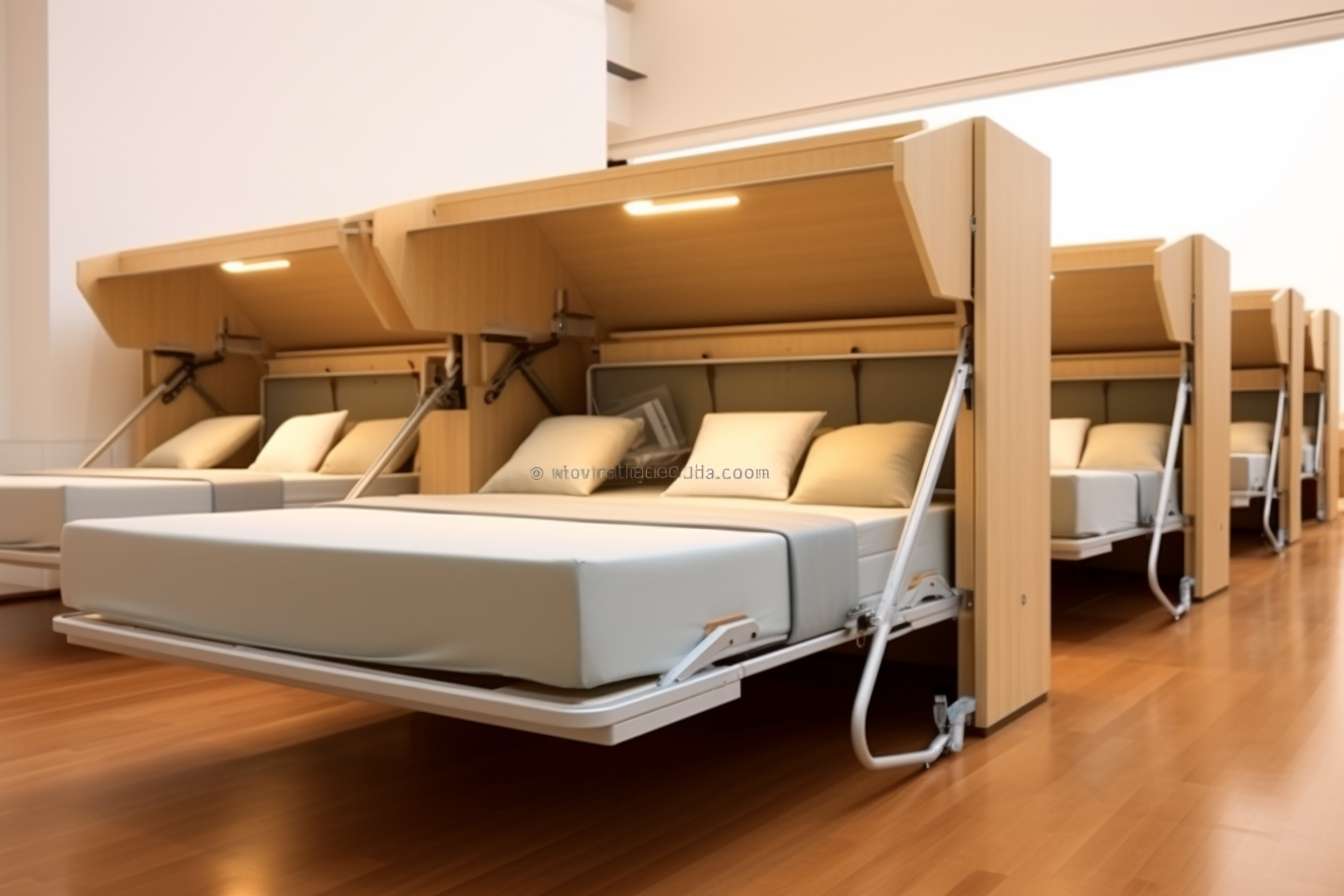Understanding 2-Bedroom Senior Living Costs and Options in Canada
As Canada's aging population continues to grow, many families are exploring 2-bedroom senior living arrangements that offer independence, comfort, and care services. These spacious accommodations provide seniors with room for personal belongings, space for visiting family members, and the flexibility to maintain their lifestyle while accessing necessary support services. Understanding the costs, options, and factors that influence pricing can help families make informed decisions about this important life transition.

Understanding 2-Bedroom Senior Living & Care Costs
Two-bedroom senior living units represent a premium housing option within retirement communities, offering significantly more space than traditional one-bedroom arrangements. These accommodations typically include a master bedroom, guest room or den, living area, kitchenette, and bathroom facilities. The additional space allows seniors to maintain their independence while having room for personal belongings, hobbies, and overnight guests.
Care costs vary depending on the level of services required. Basic independent living focuses on housing and community amenities, while assisted living includes personal care services, medication management, and daily living assistance. Memory care units for seniors with dementia or Alzheimer’s require specialized staffing and security features, resulting in higher monthly fees.
Growing Demand for 2-Bedroom Senior Living Options
Canadian demographics show a significant increase in seniors choosing larger living spaces within retirement communities. This trend reflects several factors: couples wanting to age in place together, seniors downsizing from family homes but still desiring space, and families seeking accommodations that allow for extended visits.
The demand has prompted many senior living providers to expand their two-bedroom offerings. These units often feature modern amenities, accessible design elements, and proximity to healthcare services. The growing popularity has also led to increased competition among providers, potentially benefiting consumers through improved services and competitive pricing.
Average Monthly Costs for 2-Bedroom Senior Living
Pricing for two-bedroom senior living varies significantly across Canada, with major metropolitan areas typically commanding higher rates. Independent living communities generally charge between $3,500 and $6,500 monthly for two-bedroom units, while assisted living can range from $4,500 to $8,000 monthly depending on care levels required.
| Provider Type | Location | Monthly Cost Range |
|---|---|---|
| Independent Living | Toronto/Vancouver | $5,000 - $7,500 |
| Independent Living | Calgary/Edmonton | $3,500 - $5,500 |
| Assisted Living | Toronto/Vancouver | $6,000 - $9,000 |
| Assisted Living | Maritime Provinces | $4,000 - $6,500 |
| Memory Care | Major Cities | $7,000 - $12,000 |
Prices, rates, or cost estimates mentioned in this article are based on the latest available information but may change over time. Independent research is advised before making financial decisions.
Factors Affecting 2-Bedroom Senior Living Costs
Several key factors influence the monthly costs of two-bedroom senior living arrangements. Geographic location plays the most significant role, with urban centers like Toronto, Vancouver, and Montreal commanding premium prices due to higher real estate values and operating costs.
The level of care required directly impacts pricing. Independent living focuses primarily on housing and community amenities, while assisted living includes personal care services, medication management, and 24-hour staff availability. Additional services such as housekeeping, laundry, transportation, and specialized medical care can add $500 to $2,000 monthly to base rates.
Community amenities and quality also affect pricing. Luxury communities with resort-style amenities, gourmet dining, fitness centers, and extensive programming typically charge 20-40% more than basic facilities. The age and condition of the facility, staff-to-resident ratios, and accreditation status all influence monthly fees.
Essential Tips for Choosing the Right Senior Living Home
Selecting appropriate senior living requires careful evaluation of current and future needs. Begin by assessing the senior’s health status, mobility requirements, and preferred level of independence. Consider whether the two-bedroom space will accommodate medical equipment, mobility aids, or live-in care if needed in the future.
Financial planning is crucial when evaluating options. Calculate total monthly costs including base rent, care services, meals, and additional fees. Review contract terms carefully, paying attention to rate increase policies, refund provisions, and what happens if care needs change significantly.
Visit multiple communities during different times of day and days of the week to observe daily operations, staff interactions, and resident satisfaction. Speak with current residents and their families about their experiences. Evaluate the community’s proximity to healthcare providers, family members, and familiar neighborhoods that maintain important social connections.
Consider the community’s philosophy and culture to ensure alignment with personal values and lifestyle preferences. Some communities emphasize active lifestyles and social engagement, while others focus on quiet, peaceful environments. The right fit depends on individual personality and preferences.
This article is for informational purposes only and should not be considered medical advice. Please consult a qualified healthcare professional for personalized guidance and treatment.




